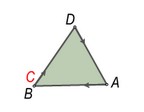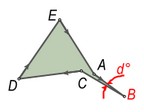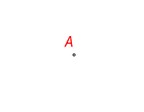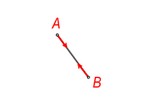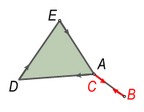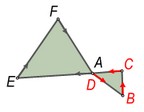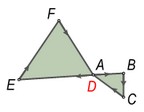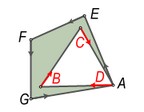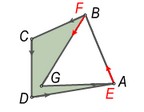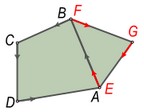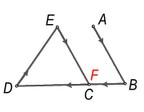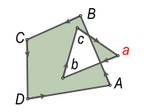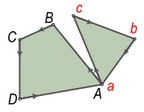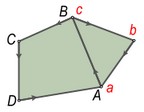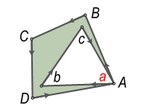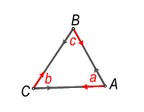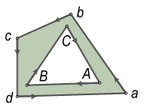Correction of object metrics |




|
|
Procedure is intended to correct the metrics of linear and areal objects. Parameters of processing are contained in the file c:\Users\Public\Documents\Panorama\NAME.process:
<correction name="Correction of metrics of objects"> nameru="Коррекция метрики объектов"<set></set></correction>
NAME - the name of the script parameters file corresponds to the name of the classifier file.
For execution of the task, it is enough to specify the task with the <correction> tag (specifying of processing parameters is not required). The procedure performs search and correction of double points, degenerate contours, crossings and self-crossings of contours, adjacency of points and segments of contours, errors of location of subjects (located outside the main contour). Tables 1 and 2 show the errors determined during the control of self-crossings and the location of subjects. In all figures containing closed contours, points «A» and «a» denote the start and end points of the contour (point of closure). Uppercase letters indicate the points of the main contour, by lowercase - points of the additional contour (subject).
Table 1 - Types of errors determined during self-crossings check
Table 2 - Types of errors, determined when checking the location of subobjects
|
